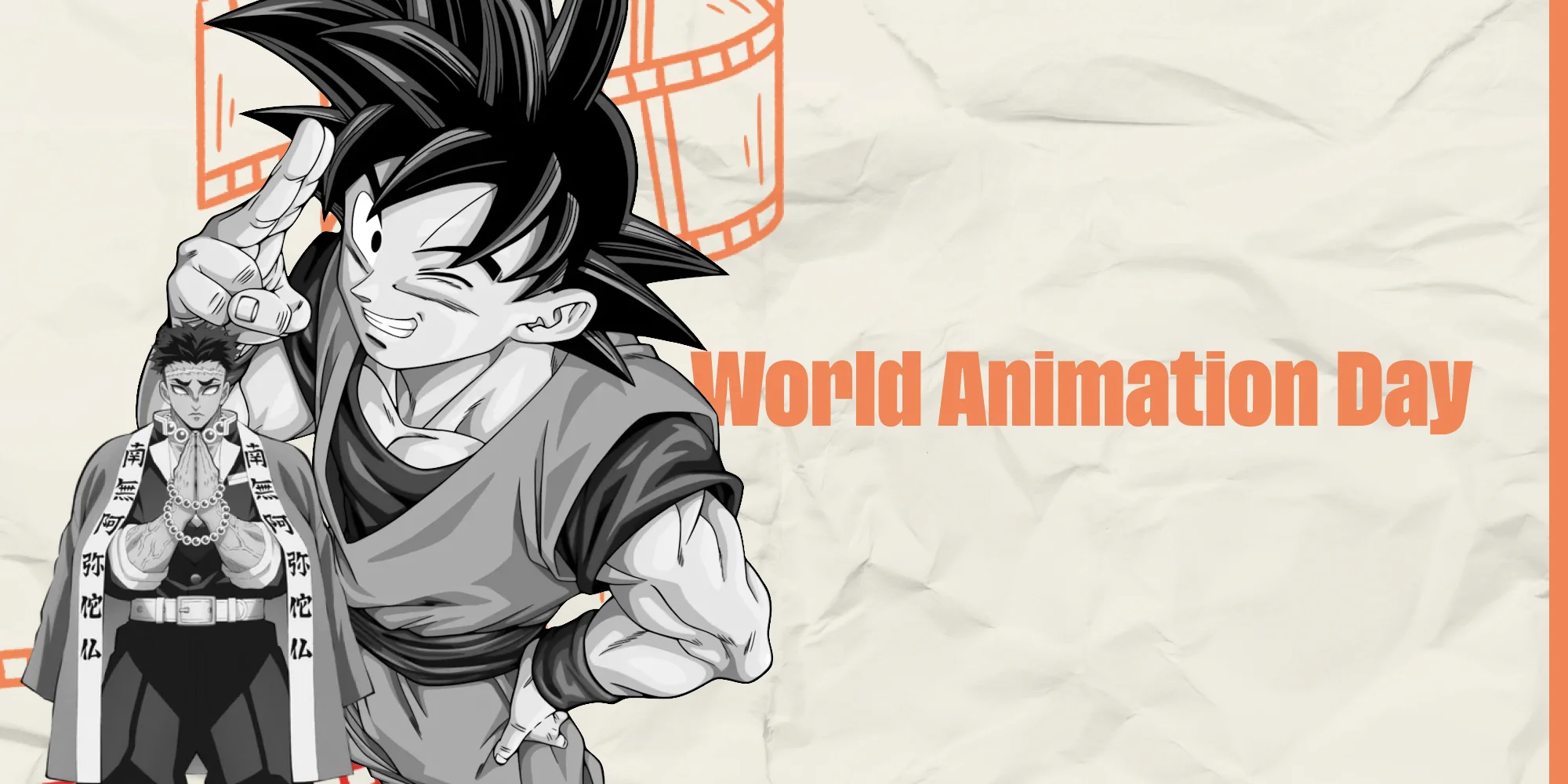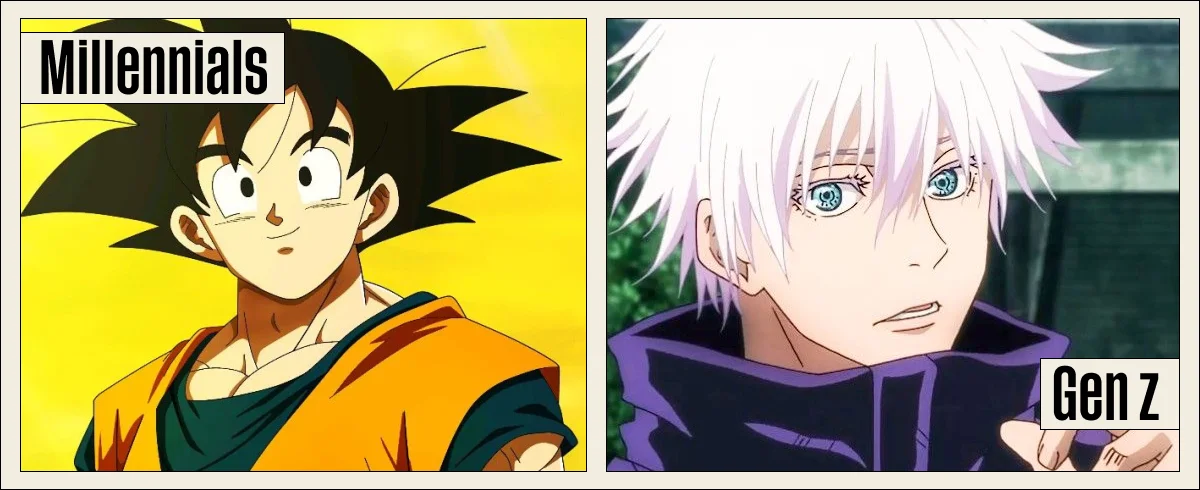Necessary Always Active
Necessary cookies are required to enable the basic features of this site, such as providing secure log-in or adjusting your consent preferences. These cookies do not store any personally identifiable data.
|
||||||
|
||||||
|
||||||
|

As International Animation Day arrives, the global animation industry in 2025 stands at an exciting juncture. The year’s animation trends for 2025 reveal a blend of technological innovation, audience-driven content, and creative experimentation. With streaming platforms making animated content more accessible, AI tools accelerating production, and immersive technologies redefining storytelling, animation has become a central part of modern entertainment.
Both anime and superhero animation are far from new. Anime has roots in early 20th-century Japan, and superhero comics have influenced animation since the 1960s. In this article, we will explore the impact of how Gen Z audiences are driving demand for fresh narratives, visually striking experiences, and interactive engagement.
Animation is no longer niche, with the global market projected to reach $400 billion in 2025 and $587 billion by 2030, according to a recent report. Animation industry trends are being fueled by the massive appetite of Gen Z for diverse content. Streaming platforms such as Netflix, Disney+, Crunchyroll, and YouTube have democratized access to animated series and films, allowing fans worldwide to engage with previously geographically limited stories.
Studios are embracing technology to meet this growing demand. Motion capture, real-time rendering, and cloud-based collaboration tools enable creators to produce high-quality animation efficiently. Animation now transcends TV and cinema, influencing social media, esports, memes, and merchandising. The medium has become a cultural touchstone, shaping how stories are consumed and shared in the digital age.
Anime continues to shape modern animation. Anime trends for Gen Z reflect a fusion of traditional narrative depth with contemporary stylistic innovation. Over half of Gen Z globally identify as anime fans, with 54% rating anime favourably. Complex narratives, layered characters, and genre-blending stories, from fantasy to sci-fi to thriller, draw viewers into rich, immersive worlds.

Modern anime draws Gen Z with layered plots and morally grey characters. Series like Attack on Titan, Code Geass, and Demon Slayer blend emotion, philosophy, and high-stakes drama, going beyond surface-level entertainment.
Today’s anime embraces vibrant colours, dynamic lighting, and cinematic visuals. Its influence is global, inspiring Western hits like Castlevania and Arcane.
Anime fandom goes beyond viewing; they invest in creative participation. Cosplay, fan art, and memes unite global communities built on shared passion.
Platforms like TikTok, Instagram, X, and Reddit amplify anime trends. Viral edits and fan discussions turn anime into an interactive cultural experience.
One of the most notable popular animation styles of 2025 is hybrid 2D and 3D animation. Films like Spider-Man: Across the Spider-Verse have pushed the boundaries of visual storytelling by blending painterly 3D, comic-book 2D, and experimental animation techniques. This fusion creates dynamic, immersive experiences that are both visually stunning and narratively compelling.
Series like Miraculous Ladybug integrate CGI with traditional 2D aesthetics to create fast-paced, engaging narratives. Hybrid 2D and 3D animation allows for greater lighting, movement, and texture experimentation, making each project visually unique.
Studios increasingly rely on motion capture, AI-assisted rigging, and real-time rendering to streamline production while maintaining cinematic quality. This trend reflects the ongoing animation storytelling evolution, where innovation in visuals complements deeper, emotionally resonant narratives.
Technological innovation is at the heart of animation trends 2025. From more intelligent workflows to immersive experiences, technology is reshaping how stories are created and how audiences connect with them.

These focus on how animation is made and how technology supports creators:
These innovations are changing how viewers experience stories:
Gen Z audiences are reshaping the animation landscape. They value stories that explore identity, friendship, self-discovery, and representation. Diverse characters and inclusive storytelling resonate deeply with this generation, creating stronger engagement and fan loyalty.
Short-form content on platforms like TikTok, YouTube Shorts, and Instagram Reels provides bite-sized access to anime, hybrid animation, and other popular animation styles. Fan communities amplify engagement, encouraging shared experiences through memes, art, and collaborative projects.
Understanding why Gen Z loves anime storytelling is key to creating content that balances emotional depth with accessibility, interactivity, and social connectivity.
Animation is increasingly integrated into transmedia storytelling, connecting TV shows, films, games, social media, and virtual experiences. Characters may appear in mobile games, interactive apps, or VR spaces, creating cohesive, multi-platform narratives. Key aspects of modern transmedia storytelling include:
This approach reflects the ongoing evolution of animated storytelling. It turns audiences into active participants and expands how stories are experienced and shared globally.
Beyond entertainment, it influences fashion, social media, gaming, advertising, and virtual events. Studios are no longer limited by traditional production constraints, enabling experimentation with style, narrative structure, and interactive content. Animation is no longer just a medium for entertainment; it is a global platform for cultural expression, innovation, and audience participation.
While North America and Japan remain dominant animation hubs, emerging markets like India and the Asia-Pacific are experiencing rapid growth. Improved streaming access and creative infrastructure enable local studios to produce high-quality content for domestic and international audiences.
This global expansion reflects broader animation industry trends, including:
India, for instance, is seeing investment in animated content that blends local storytelling with globally appealing aesthetics. These developments indicate a more interconnected animation ecosystem where creative ideas flow freely across borders.
On International Animation Day 2025, the animation industry is at an exciting and transformative stage. As the boundaries between technology, art, and audience, the animation industry is entering an era of limitless creative freedom and deeper, more profound connections. The rise of streaming platforms has made diverse animated content more accessible than ever, introducing new generations to genres that were once niche.
What makes 2025 truly distinctive is how Gen Z has embraced these worlds, not just for their visual brilliance, but for the themes of identity, friendship, and self-discovery that mirror their values and experiences. These are new worlds where Gen Z can escape from daily pressures, explore imaginative universes, and enjoy storytelling and emotionally meaningful experiences.
Sign up to receive our newsletter featuring the latest tech trends, in-depth articles, and exclusive insights. Stay ahead of the curve!